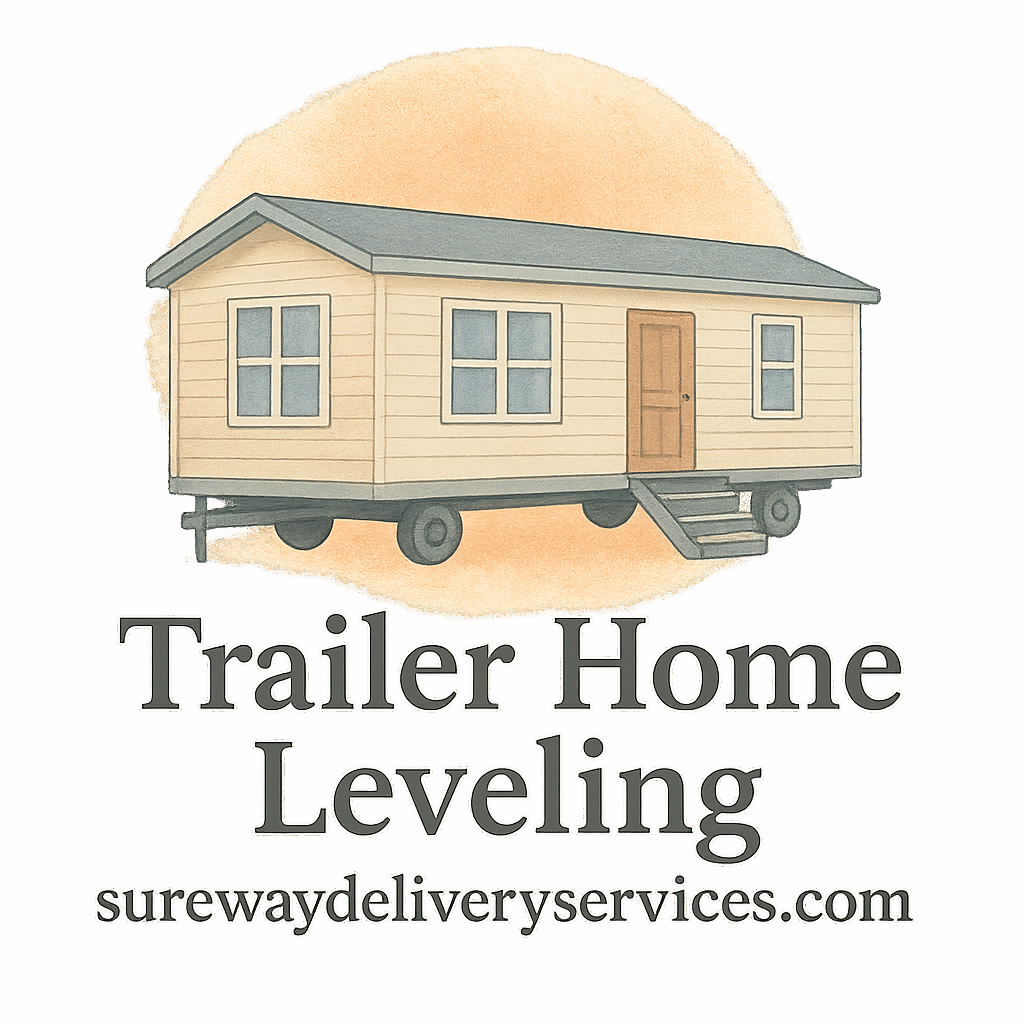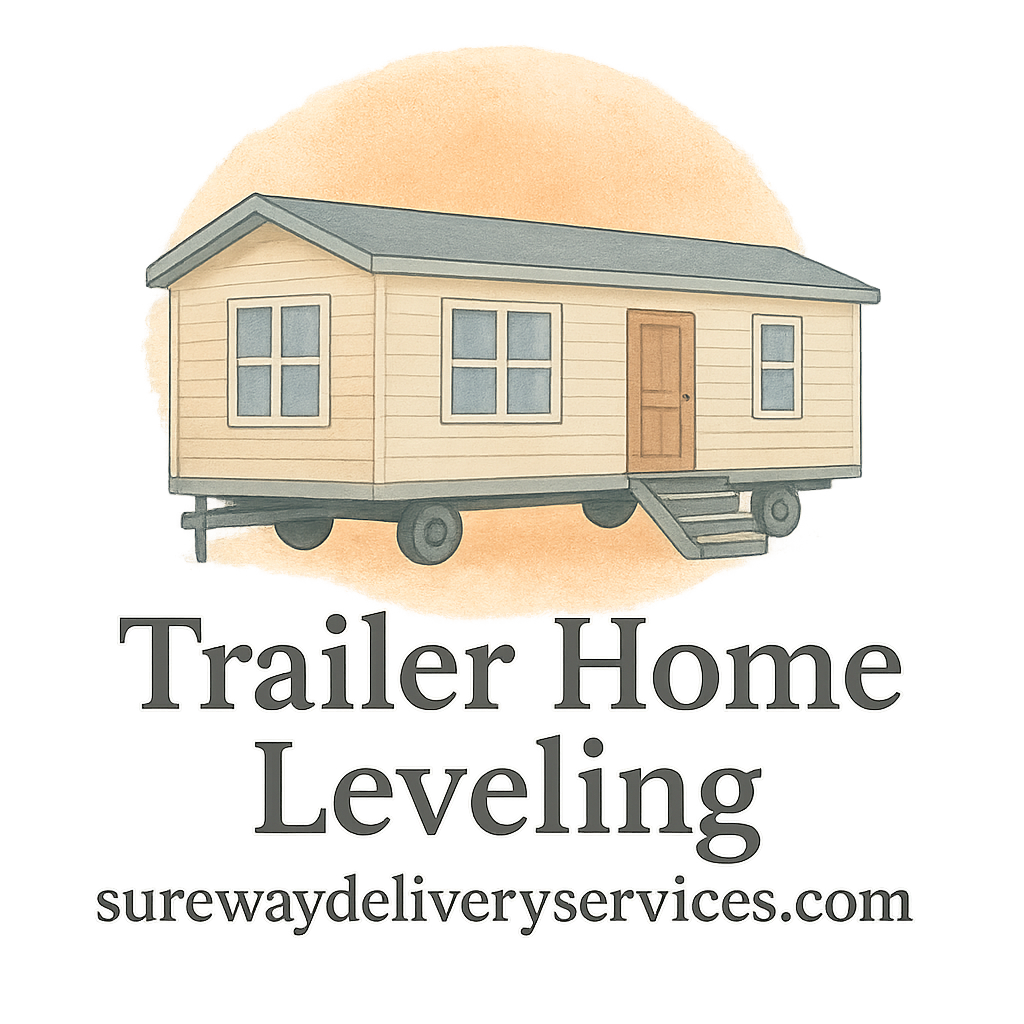Introduction to Home Leveling
Ever felt like your trailer home was leaning like the Tower of Pisa? If so, you’re not alone. Over time, trailer homes can shift and settle, leading to uneven floors, sticky doors, and worse—structural damage. This is where home leveling becomes essential.
Understanding the key terms involved in home leveling not only helps you speak the same language as professionals, but it also empowers you to maintain your home properly. Whether you’re planning a DIY fix or hiring help, knowing what’s what is your first step toward a stable and secure home.
For a deeper dive, check out our Basics Introduction to home leveling.
Why Understanding These Terms Matters
Let’s be real—home leveling isn’t something most people think about until something goes seriously wrong. But imagine hiring a service and not knowing the difference between a shim and a jack. That confusion could cost you big time, both in cash and in confidence.
Knowing these 10 key terms ensures you’re better equipped to:
- Spot early warning signs of trailer leveling issues
- Understand what services you’re paying for
- Communicate effectively with contractors
- Prevent common mistakes and costly repairs
So, let’s get you fluent in home leveling lingo.
1. Foundation Settlement
What Causes Foundation Settlement?
Foundation settlement is the gradual sinking or shifting of your trailer home’s base. It happens because of soil movement, poor drainage, or improper installation. If left unchecked, it can lead to severe structural issues.
How It Affects Your Trailer Home
You’ll notice things like cracked walls, doors that won’t close properly, and sloped floors. Signs like these indicate it’s time to take action—quickly.
Explore more on common trailer issues and how to detect them early.
2. Pier and Beam System
Role in Supporting Your Home
Your trailer home likely rests on a pier and beam system, which is a network of support piers (usually concrete or steel) and horizontal beams. This structure is what gives your home its height and keeps it off the ground.
Common Maintenance Issues
Issues like rotting beams or cracked piers can destabilize the whole setup. Make it a habit to perform routine inspection and maintenance annually.
Dive deeper into trailer maintenance tips to keep things stable.
3. Leveling Jacks
Different Types of Jacks Used
Leveling jacks are the muscle behind home leveling. They help raise or lower your trailer until it’s, well, level again. There are manual, hydraulic, and even automatic jacks depending on your needs and budget.
When Should You Use Leveling Jacks?
If your trailer shows signs of tilt, it’s time to break out the jacks—or better yet, call a pro. Here’s a guide on hiring leveling services that won’t overcharge you.
Need product reviews? Explore customer reviews before buying leveling tools.

4. Shims
Purpose and Materials Used
Shims are thin pieces of material (wood, metal, or plastic) inserted between your home’s frame and support structures to fine-tune the level.
Signs You Need New Shims
Old or broken shims can lead to unstable support. If you notice sagging in specific areas, it might be time to replace them. Explore more in our tools and techniques section.
5. Skirting
Protection and Aesthetic Role
Skirting is the barrier around the bottom of your trailer. It hides the crawl space but also acts as insulation and protection from rodents, debris, and weather.
Skirting Maintenance Tips
Inspect it regularly for holes or cracks. Damaged skirting could let in pests or moisture, which can severely affect the pier and beam system beneath your home.
More helpful checklist reminders can be found in our seasonal maintenance guides.
6. Tie-Downs
Stabilizing Against External Forces
Tie-downs secure your trailer home to the ground, making it more resistant to wind and shifting. Think of them as your home’s seatbelt.
Inspection Checklist for Tie-Downs
Check for rust, frayed straps, and loose anchors. Bad tie-downs are an open invitation for disaster during storms.
For more, visit the inspection tag page.
7. Crawl Space
Importance of Accessibility
The crawl space beneath your trailer isn’t just dead space—it’s where most leveling adjustments and repairs happen. Keeping it clear and accessible is crucial.
Maintenance and Inspection Needs
Make sure there’s no water pooling or pest infestations. This space should be inspected at least twice a year. Our annual checklist can help you stay on track.
8. I-Beams
Structural Role in Trailer Homes
These horizontal steel beams form the spine of your trailer home. They support the frame and distribute weight evenly.
Rust and Corrosion Warning Signs
Look for red or brown streaks and surface flaking. Corrosion can compromise the integrity of your entire home.
We’ve got more info on trailer structure tips and what to watch out for.
9. Bubble Level
Tools to Ensure Accurate Leveling
This simple tool—filled with liquid and an air bubble—shows whether a surface is level. Don’t start any leveling work without one!
How to Use It Correctly
Place it on various parts of the floor, both inside and outside. If the bubble strays from center, it’s time to adjust.
Find more about leveling tools and accessories to add to your DIY kit.
10. Re-Leveling
Signs You Need It Again
Even after a perfect leveling job, your trailer might need to be re-leveled after a year or two. Soil movement, weather, and wear can throw things off again.
Cost and Professional Services
Re-leveling doesn’t have to break the bank. Learn more in our full cost budgeting guide and price breakdowns.
Get recommendations on service packages that give you value without the markup.
Conclusion
There you have it—10 crucial terms that every trailer homeowner should know when it comes to home leveling. From foundation settlement to bubble levels, understanding these concepts helps you protect your home, save money, and feel confident in your decisions.
Whether you’re checking your own trailer or getting quotes from professionals, use this guide to keep the conversation informed and your home standing strong.
And hey—don’t forget to bookmark or share this post with anyone who’s got a trailer home. You never know when you’ll need to recheck your shims or skirting!
Explore even more on TrailerHomeLeveling.com for expert guides, tools, and success stories.
FAQs
1. What is home leveling, and why is it important?
Home leveling is the process of restoring a trailer home to a balanced, even state. It’s essential for structural integrity and safety.
2. How often should I inspect my home for leveling issues?
At least once a year. Use our annual inspection checklist for best practices.
3. Can I re-level my trailer home by myself?
Yes, but only if you’re confident with tools like jacks and shims. Otherwise, hire a pro to avoid injury or damage. Read our DIY vs. hiring guide.
4. What are common signs that my home needs re-leveling?
Slanted floors, cracked walls, and hard-to-close doors are the biggest red flags. Learn more here.
5. How much does professional home leveling cost?
Costs vary by location and damage extent. See our detailed cost tips and budget planning guide.
6. What tools do I need for home leveling?
Leveling jacks, a bubble level, shims, and protective gear. View our top-rated trailer tools list.
7. Are there risks of not leveling my trailer home?
Absolutely—everything from structural damage to safety hazards. Don’t wait until it’s too late. Learn from success stories and avoid disaster.


